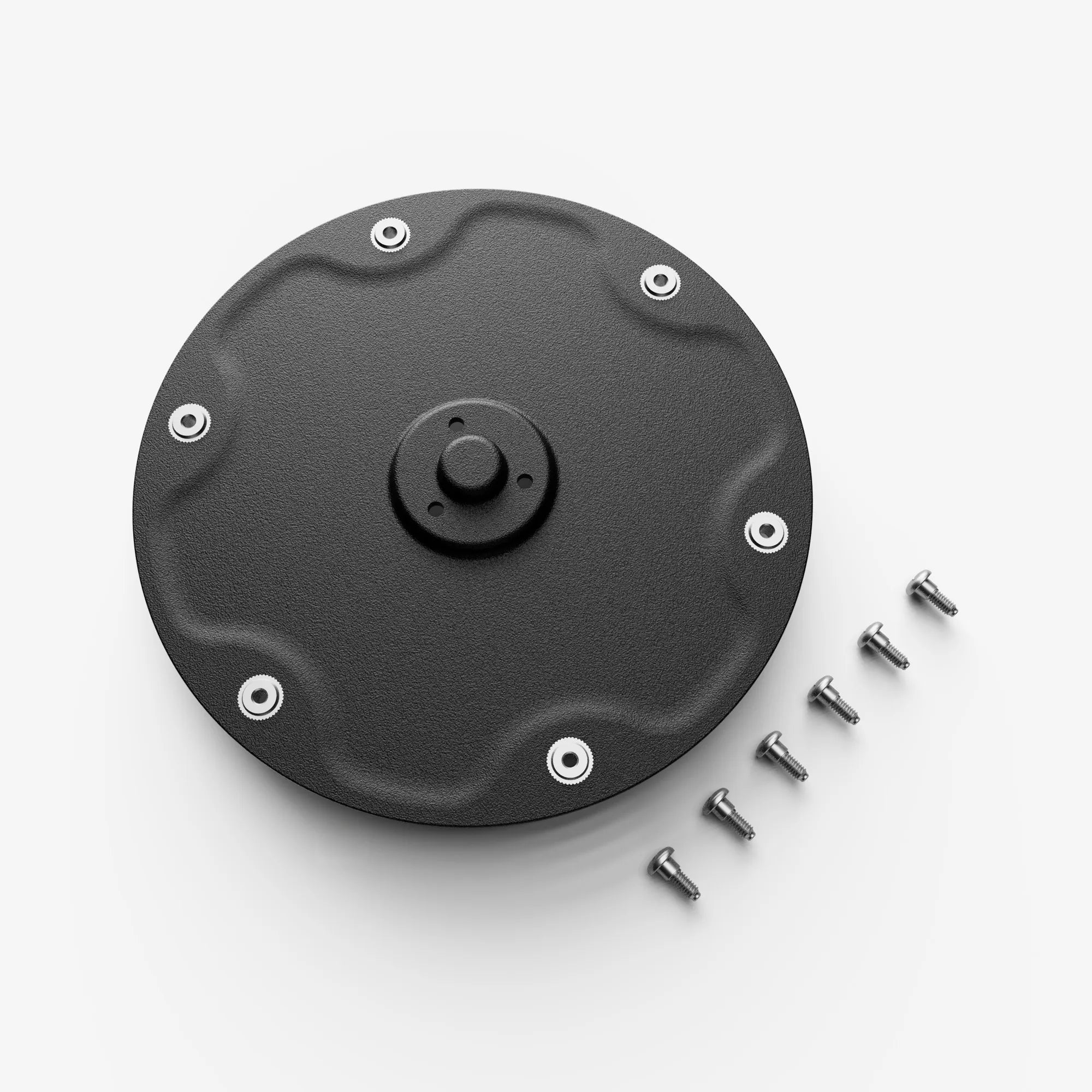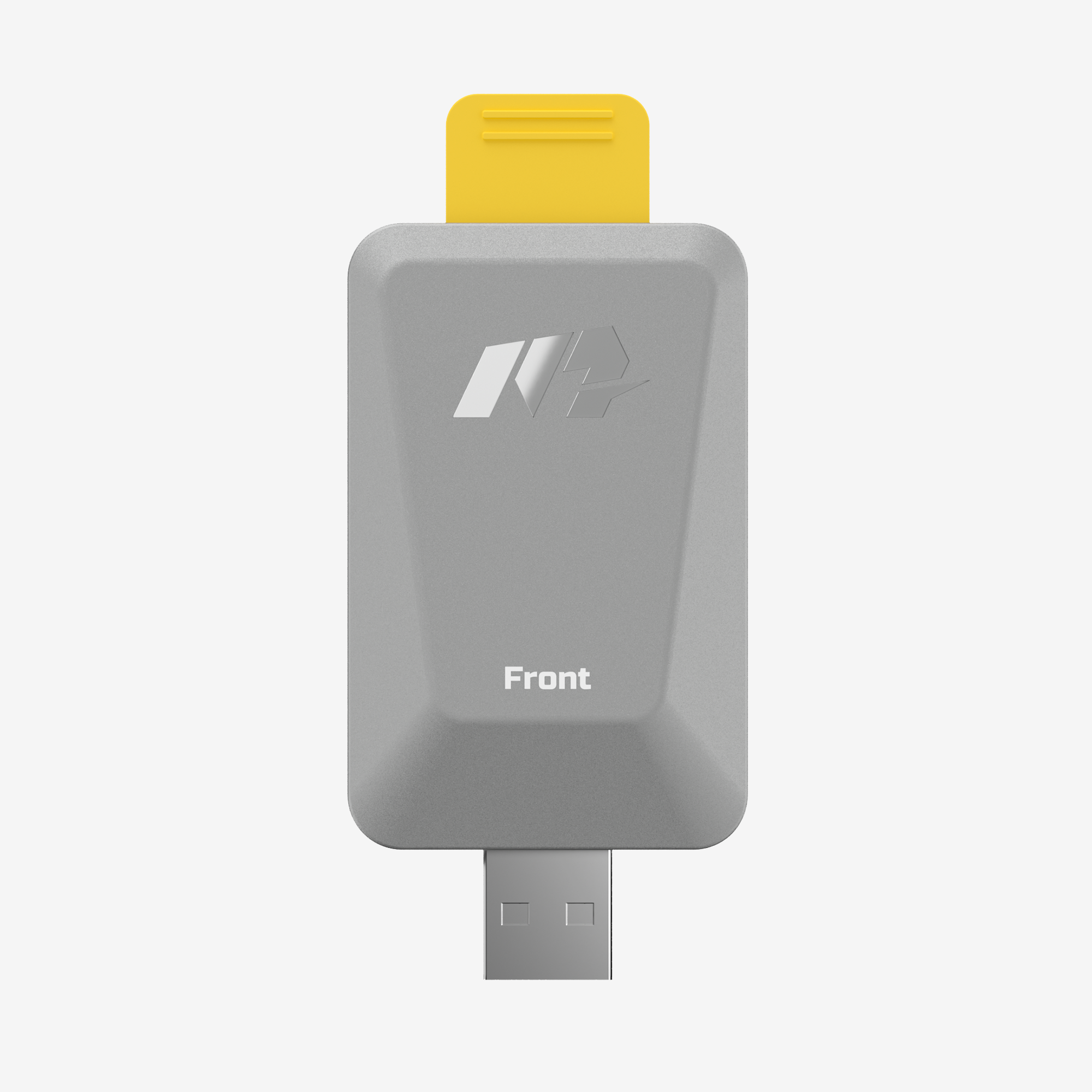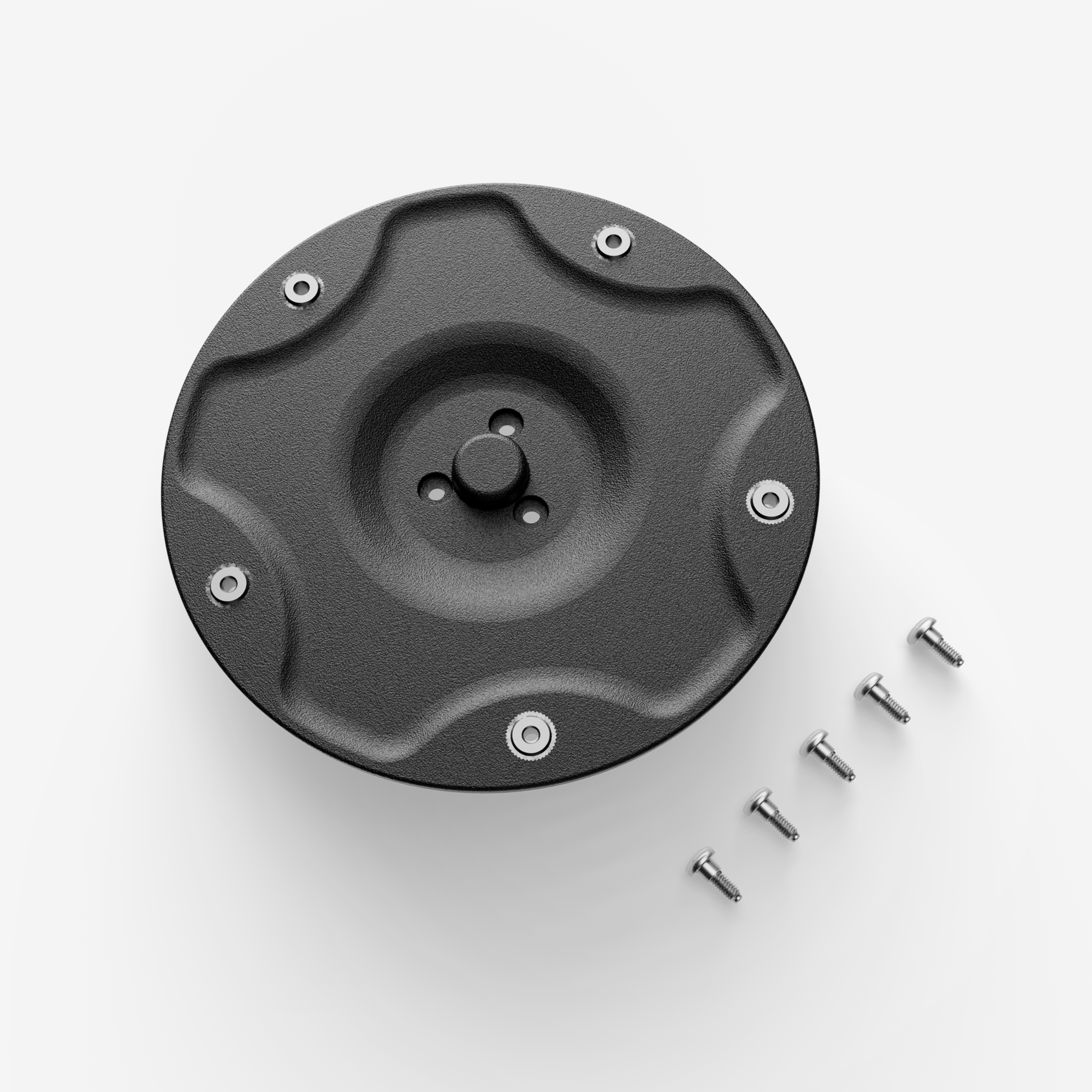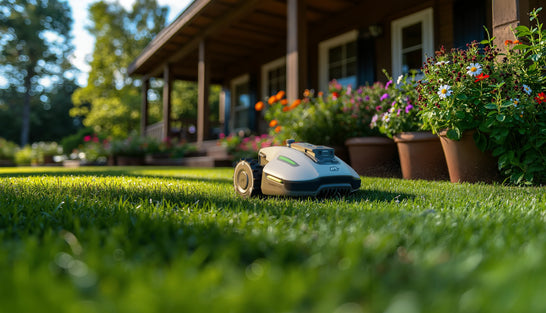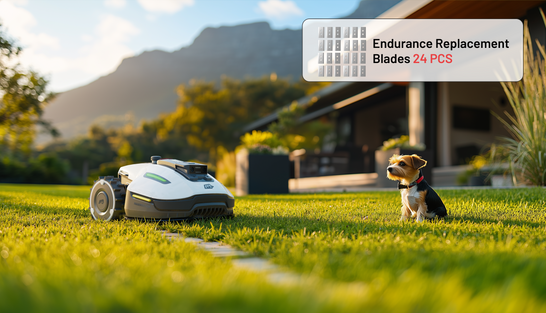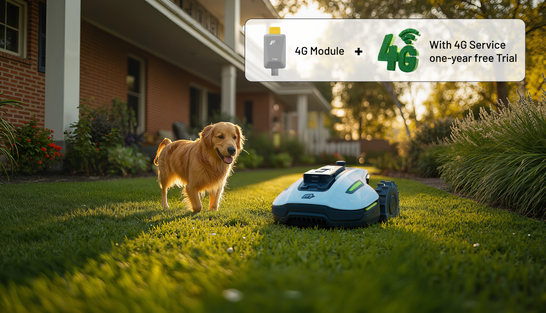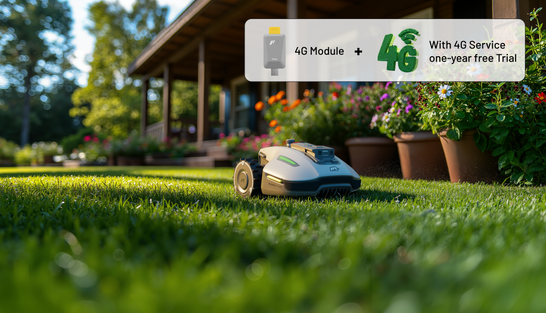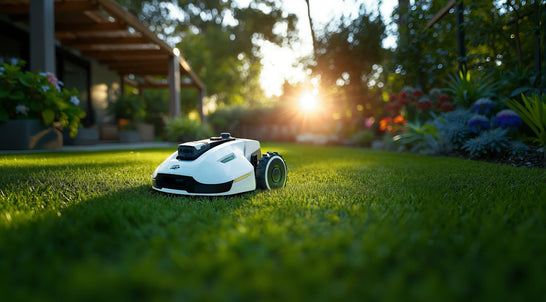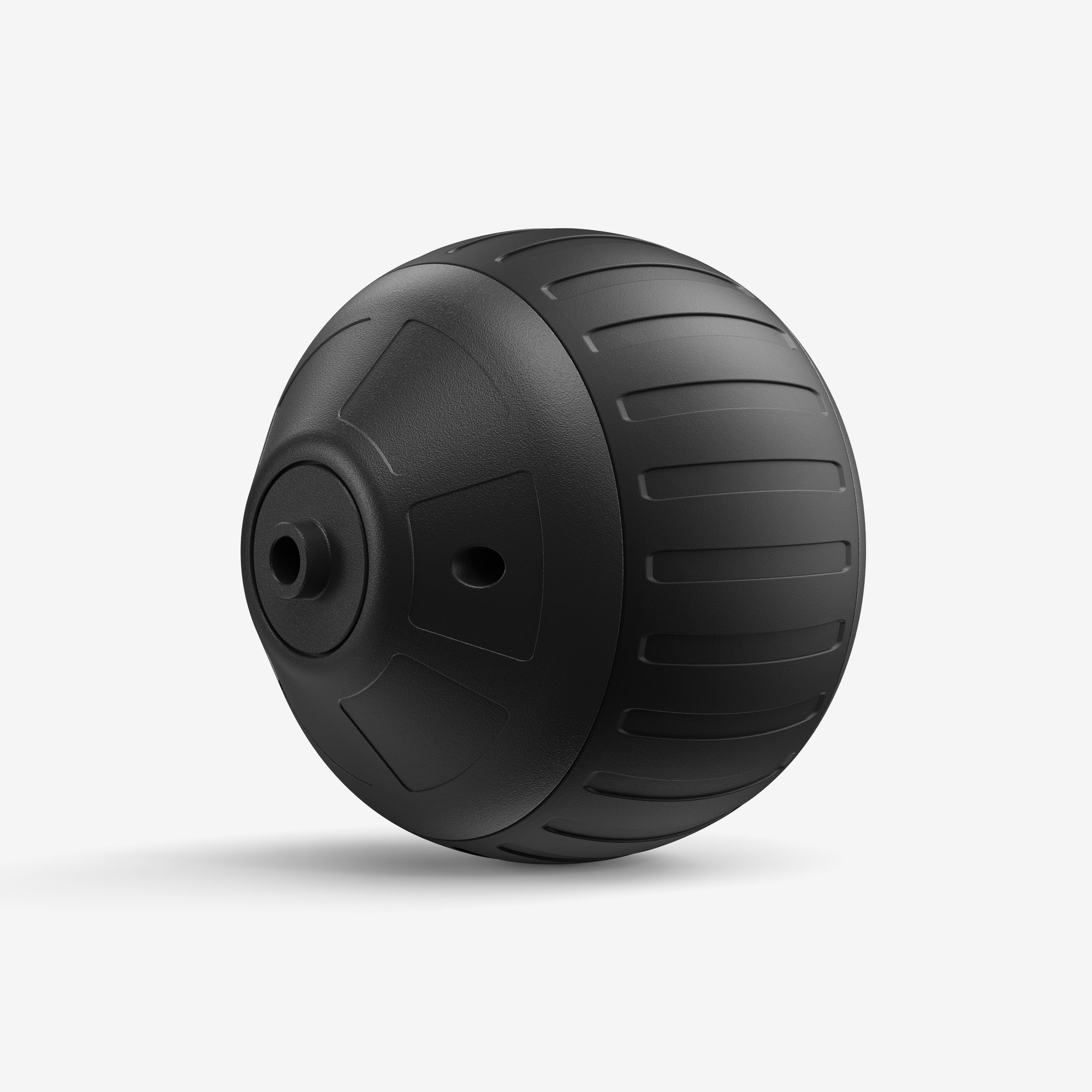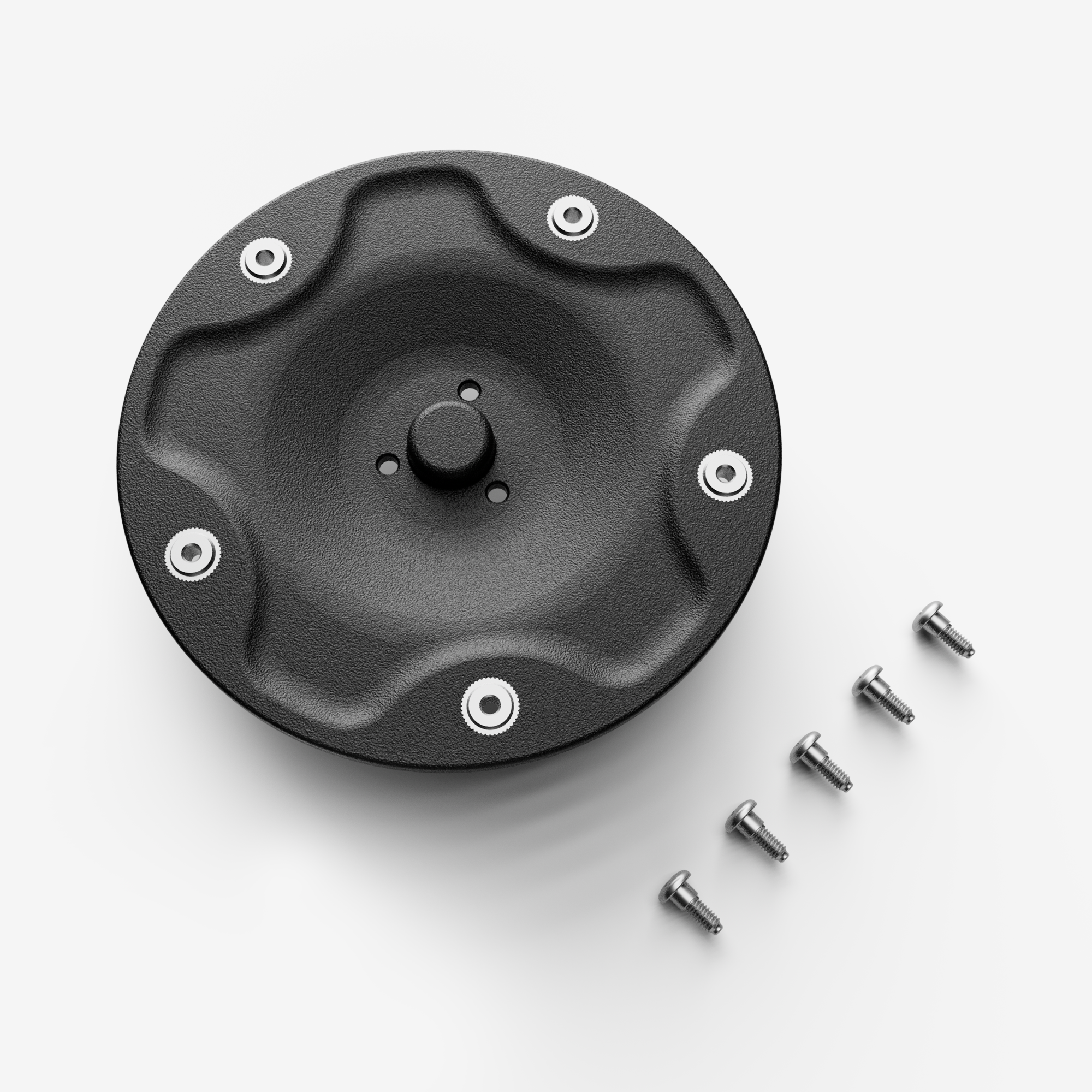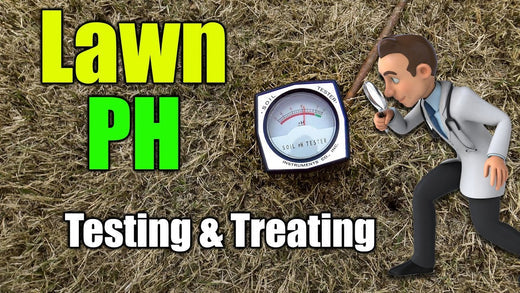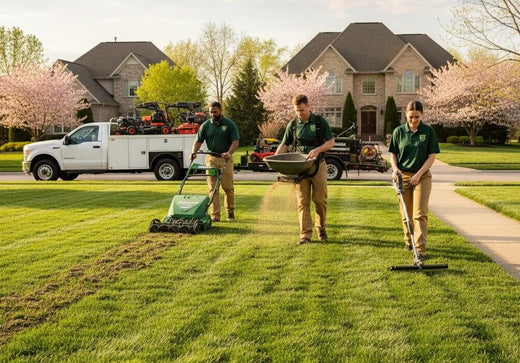Maintaining the right pH level for your lawn is more than just a routine task; it’s the secret to a thriving, lush, and resilient grass cover that can withstand seasonal challenges. Most homeowners don’t realize that a slight deviation in pH can drastically alter nutrient absorption, leading to stunted growth and unhealthy discoloration. Unlike many standard guides, we dive deeper into how pH impacts soil biology, influencing beneficial microbes that play a vital role in breaking down organic matter.
What is pH and How Does It Affect Your Lawn?
pH measures the acidity or alkalinity of your soil, ranging from 0 (most acidic) to 14 (most alkaline), with 7 being neutral. For lawn enthusiasts, understanding pH is critical because it directly influences how well your grass can access essential nutrients like nitrogen, phosphorus, and potassium. A soil that’s too acidic or too alkaline can lock away these nutrients, leaving your lawn undernourished despite regular fertilizing. What many homeowners overlook is that pH also affects the activity of soil microbes, which are essential for breaking down organic materials into nutrients. Without a balanced pH, even well-maintained lawns can struggle.
Understanding pH Levels: Acidic vs. Alkaline
Grasping the differences between acidic and alkaline soils can give you a clearer picture of how to manage your lawn. Acidic soils, often found in regions with heavy rainfall, may cause grass to turn yellow as vital nutrients like magnesium and calcium become less available. On the other hand, alkaline soils, common in arid areas, can cause iron and manganese deficiencies, leading to pale, stunted grass growth. Each pH range brings unique challenges, but understanding these nuances can empower you to make targeted adjustments, creating a thriving environment for your lawn.
What is the Best pH for Lawns?
The best pH range for most lawns falls between 6.0 and 7.0, slightly acidic to neutral. This range provides a balanced environment where essential nutrients remain accessible to your grass, ensuring strong root development and vibrant, green growth. Straying outside this range can lead to nutrient lockup, where elements like phosphorus become unavailable to plants, even if they are present in the soil. Interestingly, what many guides don’t mention is that this range also promotes beneficial soil fungi and bacteria, which break down organic matter into plant-usable nutrients—crucial for a naturally self-sustaining lawn ecosystem.
pH Preferences for Different Grass Types
Not all grass types thrive within the same pH range, and understanding these differences can help you tailor your soil conditions. For instance, cool-season grasses like Kentucky Bluegrass prefer a pH closer to 6.5, while warm-season varieties such as Bermuda grass can tolerate slightly more alkaline conditions up to 7.5. Adjusting your lawn’s pH to match your grass type can prevent issues like slow growth or nutrient deficiencies, ensuring your lawn remains lush and vibrant throughout the growing season.
Consequences of pH Being Too High or Too Low
When soil pH drifts too far from the ideal range, your lawn’s health can suffer dramatically. Acidic soils (below 6.0) can limit the availability of calcium and magnesium, leading to weak, patchy grass. Conversely, a pH above 7.0 can cause micronutrient deficiencies, like iron, resulting in chlorosis—where grass turns yellow despite sufficient watering and fertilizing. Understanding these consequences allows you to quickly diagnose and address underlying soil issues, giving you the control needed to maintain a lush, green lawn.
How to Test Your Lawn’s pH Level?
Testing your lawn’s pH is the first step to understanding its soil health, ensuring that you’re providing the best conditions for optimal growth. Regular pH testing allows you to catch imbalances early, before they lead to more significant issues like nutrient deficiencies or weak root systems. While many homeowners rely solely on fertilizers, knowing your soil's pH can help you make precise adjustments, saving time and resources. What many people don’t realize is that pH can vary across different areas of the same lawn, making thorough testing crucial for consistent, uniform grass growth.
DIY Soil Testing Kits

DIY soil testing kits are an affordable and accessible way to monitor your lawn’s pH. These kits often include test strips or a liquid testing solution that changes color based on your soil’s pH. Simply take soil samples from various spots in your yard, mix them with water, and compare the results to the provided color chart. While these kits aren’t as precise as professional lab testing, they provide a quick snapshot of your soil’s overall pH, allowing you to make minor adjustments before any imbalances become major problems.
When to Seek Professional Soil Analysis
In certain cases, such as persistent lawn health issues or significant pH fluctuations, a professional soil analysis may be worth the investment. These detailed tests can pinpoint not only pH levels but also other key factors like nutrient content and organic matter. Professional labs provide accurate, tailored recommendations, helping you address complex issues like pH stratification—where different soil layers have different pH levels. This advanced insight is particularly useful if you’re managing larger properties or if your lawn has diverse soil conditions that can’t be addressed by DIY testing alone.
Maintaining the Ideal pH for Long-Term Lawn Health
Once you’ve adjusted your lawn’s pH to the ideal range, keeping it stable is crucial for sustained growth and vibrant color. Regular monitoring and small, seasonal adjustments can prevent the pH from drifting too far, ensuring that your lawn remains resilient against pests, diseases, and seasonal stressors. Unlike quick fixes, maintaining the right pH over the long term helps create a self-sustaining soil environment, reducing the need for heavy fertilization and chemical treatments.
Seasonal pH Monitoring and Adjustments
Seasonal changes, like heavy rainfall or drought, can shift your soil’s pH over time, making regular testing a key part of your lawn care routine. A good rule of thumb is to test your soil at least twice a year—once in the spring and once in the fall. This helps you catch any changes early and make small adjustments before they impact your lawn’s health. Applying light doses of lime or sulfur as needed can maintain pH levels, keeping your lawn lush and healthy throughout the year.
The Role of Mulching and Composting
In addition to pH-specific amendments, organic matter like mulch and compost can help maintain a balanced soil environment. Mulching grass clippings, for instance, can naturally contribute to pH balance by returning nutrients to the soil as they decompose. Compost can buffer against pH swings, offering a slow-release source of organic material that nourishes soil microbes. This approach also enhances the soil’s ability to retain moisture, which can be especially beneficial in areas with fluctuating weather patterns.
Common Mistakes to Avoid for Long-Term pH Balance

Many homeowners make the mistake of overcorrecting their soil’s pH, applying too much lime or sulfur at once. This can lead to pH imbalances that are even harder to correct. Another common oversight is neglecting to test the soil regularly after initial adjustments, assuming that pH will remain stable indefinitely. Staying proactive and making gradual, targeted adjustments ensures a more consistent pH balance, reducing stress on your grass and promoting a healthier, more resilient lawn in the long run.
Signs of pH Imbalance in Your Lawn
Recognizing the signs of pH imbalance in your lawn can help you address issues before they become severe. Often, these symptoms are mistaken for nutrient deficiencies or watering problems, but they actually stem from an unsuitable pH that limits nutrient availability. Understanding these subtle indicators can save you time and effort, allowing you to make the right adjustments without guesswork.
Yellowing or Discolored Grass
Yellowing grass is a common symptom that can indicate a pH problem. When the pH is too high or too low, nutrients like iron, nitrogen, and manganese become unavailable to the grass, resulting in a pale or yellow hue. This is often misinterpreted as a lack of fertilization, leading to unnecessary applications that won’t resolve the underlying issue. Regular pH testing can help distinguish between true nutrient deficiencies and pH-related problems.
Stunted Growth and Sparse Areas
If your lawn seems to struggle with growth, even in well-watered and fertilized areas, a pH imbalance might be the culprit. Acidic soils can hinder root development, causing grass to grow more slowly and appear weak. Similarly, alkaline soils can prevent essential nutrients from being absorbed, leading to patchy or thin areas. Addressing the soil’s pH can help restore consistent growth and fill in these sparse patches.
Presence of Weeds and Moss
An increase in weeds or moss can be another indicator that your lawn’s pH is off-balance. Weeds like clover and dandelions often thrive in more alkaline soils, while moss is more common in acidic conditions. These opportunistic plants can outcompete your grass if the soil conditions are more suited to them than to your lawn. Adjusting the pH can help create a more favorable environment for grass, making it more difficult for weeds and moss to take over.
Conclusion
Understanding the role of pH and how it affects nutrient availability can make a world of difference in achieving a lush, healthy lawn. From testing and adjusting your soil’s pH to recognizing the subtle signs of imbalance, each step allows you to create an environment where grass thrives naturally. By taking a proactive approach to pH management, you can ensure that your lawn remains resilient against seasonal changes and common issues, resulting in a greener, healthier yard that you can enjoy year-round. With the right knowledge and a bit of effort, achieving that perfect lawn is within reach.





